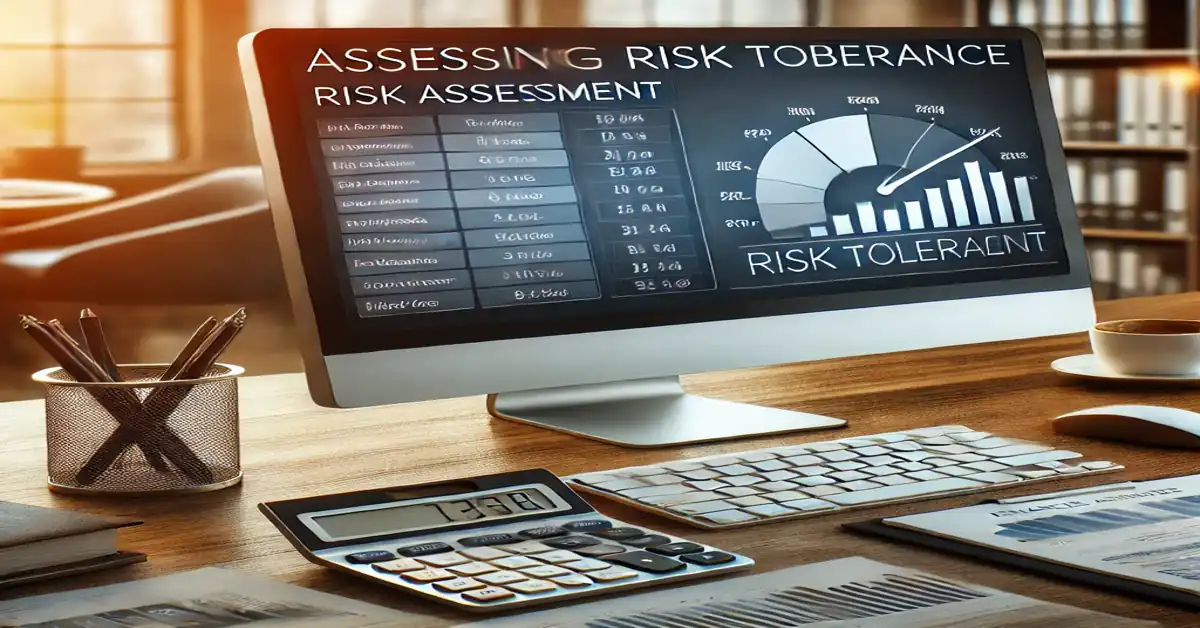Understanding your risk tolerance is crucial for crafting an investment strategy that fits your financial goals. With the right tools and methods, you can assess how much risk you’re truly comfortable with. Ready to find out your risk profile? Visit zentrix-ai.org/ for additional resources and explore more tools and expert insights on improving your financial strategies.
Introduction to Risk Tolerance Questionnaires and Surveys
Risk tolerance questionnaires are tools designed to gauge how much risk an individual is willing to take with investments. These surveys typically consist of a series of questions that explore attitudes toward risk, financial goals, and past experiences with investing. How many times has uncertainty led to missed opportunities? By answering these questions, individuals can gain insights into their comfort levels with different investment scenarios.
For example, one might encounter questions about reactions to market fluctuations. Would losing 10% of an investment cause panic, or would it be seen as a buying opportunity? The responses help paint a clearer picture of personal risk tolerance.
Most questionnaires categorize risk tolerance into three main types: conservative, moderate, and aggressive. Knowing where one stands can help shape investment strategies. For instance, a conservative investor might prefer bonds and fixed income, while an aggressive investor may lean toward stocks or even alternative investments.
It’s crucial to remember that these questionnaires are not definitive. They provide a snapshot, which should be considered alongside other factors like financial goals and current economic conditions. Ever taken one and wondered if it truly reflects personal risk? This is a common thought. Revisiting these questionnaires periodically can ensure that any changes in financial situations or attitudes are accounted for, allowing for a more accurate assessment.
Overview of Self-Assessment Techniques: Scaling and Scenario Analysis
Self-assessment techniques are powerful tools for understanding personal risk tolerance. Two popular methods are scaling and scenario analysis. Scaling often uses a numerical system to rate comfort levels with various risks. For example, an individual might be asked to rate their comfort with a hypothetical investment loss on a scale from 1 to 10. What happens when the stakes get high? This technique helps identify not just where one stands, but also how that position may shift in different circumstances.
Scenario analysis, on the other hand, involves imagining potential market situations. Investors consider how they would react to market downturns or windfalls. Would a sudden 20% drop in the market cause sleepless nights? These imagined situations help reveal personal boundaries regarding risk.
Both techniques encourage reflection and honesty. They help build a deeper understanding of how financial decisions are influenced by emotional responses. Have you ever realized that a past investment was guided more by fear than logic? Recognizing such patterns can lead to better decision-making in the future.
The beauty of these techniques lies in their adaptability. They can be used by beginners or seasoned investors alike. Whether through formal methods or informal reflections, assessing risk tolerance can lead to smarter, more tailored investment choices.
Recommendations for Consulting with Financial Advisors for Personalized Assessments
Consulting with a financial advisor can be a game-changer for anyone looking to understand their risk tolerance better. Why navigate the financial landscape alone when experts are available? A good advisor provides personalized insights that questionnaires and self-assessment techniques simply cannot match.
Financial advisors take into account individual circumstances, such as income, expenses, and life goals. Have you ever thought about how life events, like marriage or a new job, might shift investment strategies? Advisors help individuals consider these factors, offering a more holistic view of risk tolerance.
In addition to personal insights, they bring industry knowledge to the table. Market trends, economic conditions, and investment vehicles are just a few areas where an advisor’s expertise can prove invaluable. What about the peace of mind that comes with knowing someone is looking out for your financial health? It can make a world of difference.
When searching for a financial advisor, consider one who aligns with personal values and communication styles. A strong advisor-client relationship fosters open discussions about risk tolerance and investment choices.
Conclusion
Accurately assessing your risk tolerance helps you invest smarter and more confidently. By using reliable tools and methods, you can build a strategy that balances risk and reward, ensuring steady progress toward your financial goals.









